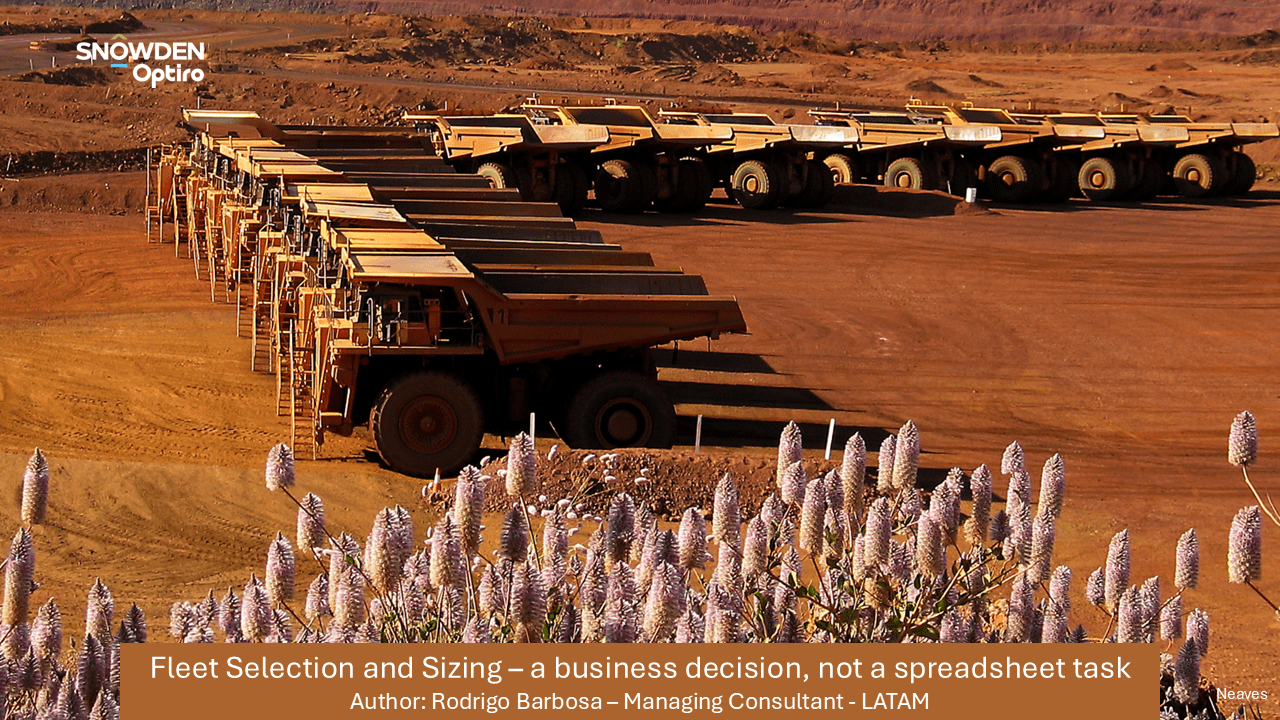

Author: Tarrant Elkington, General Manager
It has been said that a picture tells a thousand words. I find this is particularly true in technical disciplines. My question for the day is: which image tells the most meaningful story in mine optimisation?
For me it is an image showing the progression of pit shells from highest margin (lowest revenue factor) to lowest margin (highest revenue factor). Below I have pasted a couple of examples from public reports. They might not be the prettiest visualisations, but they do say a lot. And I have always valued substance over style. The image may be a 2D slice through a visualised model coded by pit shell number (the first image) or the pit shells viewed in 3D (as shown in the second image).


Why do I like these images so much?
Mostly, it’s because I find new projects exciting. What could it be? It’s like a new puzzle waiting to be solved. Every project is different with its own quirks and this image gives that first glimpse into its potential from a spatial perspective. I literally cannot wait to get to the point where this can be generated on a new project.
The economics of a deposit are difficult to resolve visually in 3D. This image puts everything into context. The image converts a complex 3D model to a simple 2D map that is easy to understand. Effectively condensing tens to thousands of variables, and sometimes millions of blocks with varying geometry to a single snapshot. I love the simplicity. Yet it can answer so many questions for you:
The image also tells you how the deposit wants to progress. Does it want to be mined in a certain direction? East to West, South to North, centre-out or something much more complex? Does it have big “jumps” that form logical cutback locations, or does the pit grow incrementally with each shell? Does it want to dive down and focus on the high grade at depth or prioritise shallow lower-grade mineralisation?
In case you were wondering, I am talking about a deposit as if it is a living thing with wants, needs and desires; perhaps I have done too many and need help? Or maybe is it the self-isolation? Nonetheless, I believe it is important to listen to each orebody and have empathy for its unique characteristics. One solution does not fit all. Just because you have been successful in one project does not mean that solution will work for the next project. It is one of the features that makes strategic mine planning so interesting. But I digress.
The image can also help you to understand your schedule, even before you do it. Does your optimisation show a lot of material below a revenue factor of 0.5? Well that means you have a lot of material that will make a great margin (over 100% in this case) and that your schedule is likely to push this area very hard, and potentially build a stockpile of lower margin material as it goes. And you probably have a pretty robust project! Those higher revenue factor (above 0.5 and therefore a lower margin) stages are likely to be pushed back in the schedule as late as possible. If most of your blocks are in the higher revenue factors, then perhaps the mining will not be as fast with less need to build stockpiles. And your project will likely be very sensitive to prevailing prices and costs.
You see, once you get to understand something then you are in a good position to optimise it. This image, and the analysis behind it, gets you right up the learning curve.
I think it is just incredible that you can learn so much from a single image. If you are not routinely reviewing this image as part of your strategic mine planning process, I would strongly encourage you to add it to your workflow.
Let me know what your favourite image or figure is by leaving a comment. I am sure other disciplines have their own images or figures that are the most meaningful. For exploration geos, it might be a heat map of whatever geophysical tool they are using. For resource geos, it might be a simple histogram or a variogram. I would be keen to know what images you think are most meaningful in your field.
Look out for future posts where I will delve into the world of strategic mine planning and optimisation, apply some of these topics, provide some tools and tricks and identify some of the big unsolved problems you might never have thought of. Please provide feedback, ask questions, and share your own experiences.
Subscribe here for our podcasts, technical articles and news
